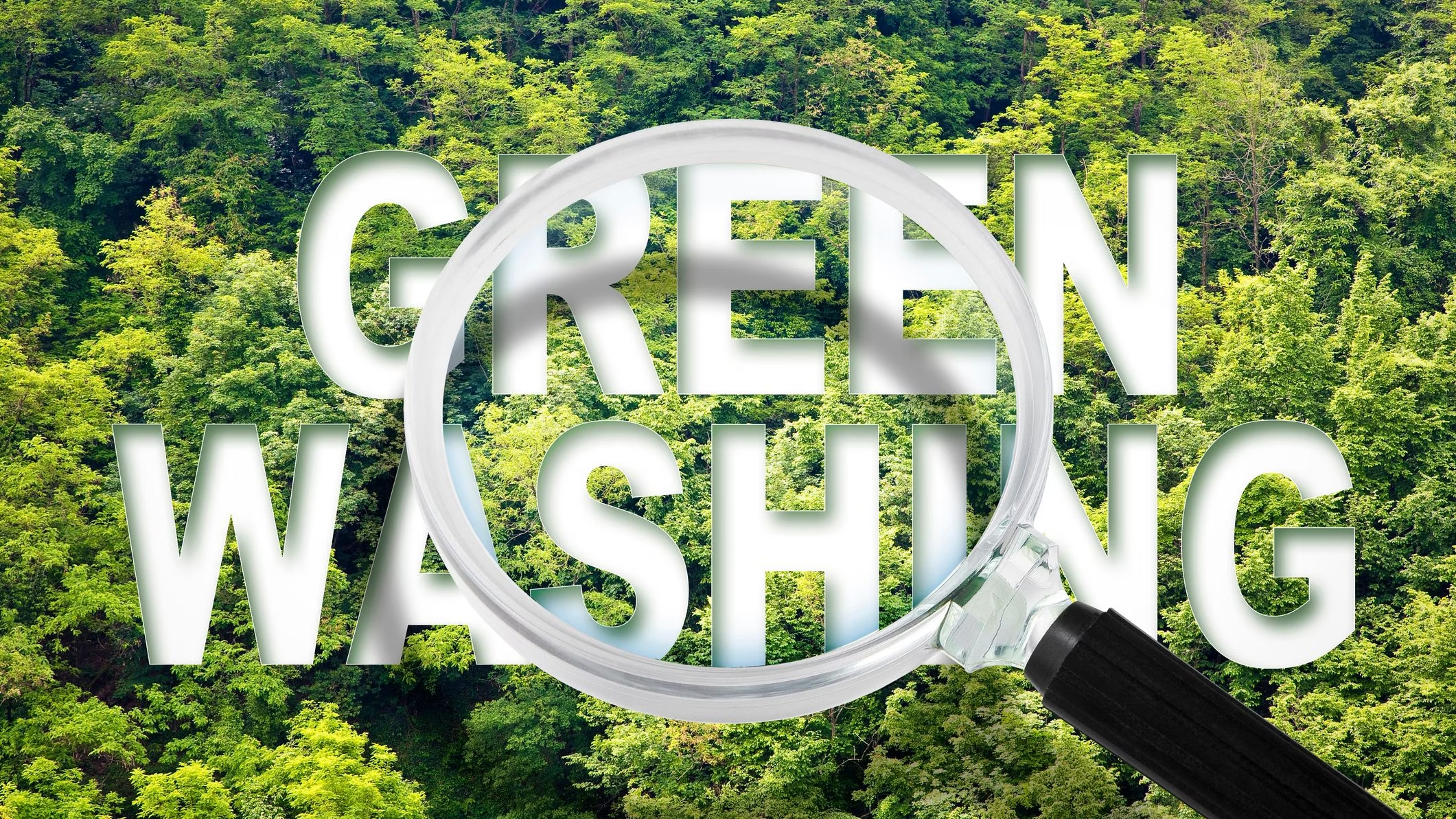In today’s world, sustainability is no longer a niche topic. From fashion to food to technology, consumers are becoming more conscious of their choices. People are asking: Is this product eco-friendly? Does this brand care about the planet? Unfortunately, the growing demand for sustainability has also given rise to something deceptive — greenwashing.
Greenwashing happens when companies market themselves as environmentally responsible without taking real action. They may use terms like “eco,” “organic,” or “natural” to gain attention, but behind the label, their practices often tell a different story. For conscious consumers in Tier-1 countries — where awareness about climate change, ethical sourcing, and environmental impact is high — the ability to distinguish genuine sustainability from marketing tricks is crucial.
This article will help you understand greenwashing, give you practical strategies for identifying authentic eco-friendly brands, and empower you to make smarter, more ethical purchasing decisions.
What is Greenwashing?
Greenwashing is a form of deceptive marketing. The term combines “green” (environmentally friendly) and “whitewashing” (covering up wrongdoing). Essentially, companies use misleading claims, vague labels, or PR campaigns to make their products appear more sustainable than they really are.
For example, a brand might advertise a T-shirt as “made from organic cotton” but overlook the fact that the dyeing process pollutes rivers, or that workers are underpaid and exploited in unsafe conditions. Another example is bottled water companies promoting recyclable packaging while continuing to flood the market with unnecessary single-use plastic.
The problem with greenwashing is twofold: it tricks well-intentioned consumers into supporting unsustainable practices, and it undermines truly ethical businesses that are working hard to implement real change.
Why Greenwashing Matters
At first glance, greenwashing might not seem like a big issue. After all, isn’t it good that companies are at least talking about sustainability? The reality is more dangerous.
Greenwashing creates confusion by blurring the line between genuine sustainability and superficial marketing. It prevents people from making informed decisions that could actually reduce environmental damage. Additionally, it slows progress on global issues such as climate change, waste management, and fair labor practices.
Consumers who want to contribute to a healthier planet may feel frustrated or disillusioned when they realize their “eco-friendly” choice was not eco-friendly at all. Over time, this can erode trust in sustainability initiatives as a whole, making it harder for legitimate green businesses to thrive.
Common Signs of Greenwashing
The good news is that greenwashing has some telltale signs. By paying attention to these red flags, you can identify whether a product or brand is truly committed to the environment or just using fancy words.
1. Vague or Unregulated Terms
Words like “eco-friendly,” “green,” “all-natural,” and “sustainable” sound good but often lack legal definitions. Without clear standards, companies can use these buzzwords freely without accountability.
2. Hidden Trade-offs
A brand may highlight one positive aspect — for instance, packaging made from recycled paper — while ignoring significant negative impacts, such as carbon-intensive shipping practices.
3. Irrelevant Claims
Sometimes brands make claims that are technically true but ultimately meaningless. For example, advertising a product as “CFC-free” when chlorofluorocarbons have already been banned worldwide for decades.
4. Imagery Overload
Excessive use of green colors, plant leaves, or nature-inspired packaging can be a smokescreen. Beautiful visuals do not guarantee environmentally friendly practices.
5. Lack of Transparency
If a company boasts about sustainability but provides no concrete data, certifications, or independent audits to back up its claims, chances are it’s greenwashing.
How to Identify Truly Sustainable Brands
Now that you know the warning signs, how can you separate the genuine from the fake? Identifying genuinely sustainable brands requires a closer look at their actions, not just their advertising.
1. Look for Independent Certifications
Recognized certifications provide some assurance that a brand meets genuine sustainability standards. Examples include:
- B Corp Certification – for overall social and environmental performance
- Fair Trade Certified – for ethical labor and responsible sourcing
- USDA Organic – for organic agricultural products
- Forest Stewardship Council (FSC) – for sustainable paper and wood products
2. Check Supply Chain Transparency
Truly sustainable brands are open about where their materials come from, how their products are made, and who makes them. Look for brands that publish supply chain reports, detail partnerships with ethical manufacturers, or highlight traceability in sourcing.
3. Evaluate Product Lifecycle
Sustainability isn’t just about the product’s material; it’s about what happens throughout its life. Consider:
- Is the product durable or disposable?
- Can it be repaired or recycled?
- Does the brand promote take-back programs or circular economy practices?
4. Pay Attention to Packaging
While packaging isn’t everything, it matters. Refillable containers, compostable materials, or minimal packaging often signal thoughtfulness. But also ensure that these packaging claims aren’t overshadowed by other harmful practices.
5. Review the Company’s Actions, Not Just Words
Brands that are genuinely sustainable usually set measurable goals and report progress visibly. Examples include reducing carbon emissions, improving labor conditions, or switching to renewable energy sources. Annual sustainability reports are a great source of insight.
The Role of Conscious Consumers
The responsibility for fighting greenwashing isn’t only on brands — consumers play a big role too. By practicing mindful consumption, you send a clear signal to companies about what really matters.
Buy Less, Buy Better
Instead of chasing every new eco-friendly product, consider whether you need it in the first place. Sustainability begins with reducing consumption.
Support Local and Ethical Businesses
Whenever possible, support smaller, transparent businesses that prioritize the planet over flashy marketing. Local buying also reduces the carbon footprint of transportation.
Do Your Research
Before supporting a new brand, spend a few minutes checking whether their claims are backed by reliable certifications, reviews, or independent audits.
Industry Examples: Greenwashing vs. Genuine Sustainability
To illustrate the difference, let’s look at two industries where greenwashing is common.
Fashion Industry
Fast fashion brands are notorious for “conscious collections” made from recycled fabrics while still producing massive amounts of clothing every year. True sustainability in fashion means smaller, quality-driven production, fair wages for workers, and transparency about resources used.
Food Industry
Many food products are labeled as “organic” or “natural,” but don’t always follow strict agricultural or ethical standards. Truly sustainable food brands practice regenerative agriculture, ensure fair trade with farmers, and focus on reducing food waste across the supply chain.
The Future of Sustainability: What Needs to Change
For progress, both businesses and consumers must demand higher accountability. Governments and industry regulators are starting to step in with stricter rules about eco-labeling and advertising. However, consumers remain the strongest force in shaping the market.
Brands that are authentic in their sustainability efforts will continue to rise, while those caught greenwashing may face consumer backlash and loss of trust. Over time, consistency in demanding proof and accountability will push the entire market toward a greener and more truthful direction.
Conclusion: The Power of Informed Choices
Greenwashing may be everywhere, but it doesn’t have to dictate your buying choices. By staying alert, doing a little research, and prioritizing transparency, you can tell the difference between mere marketing and genuine sustainability.
As consumers, our dollars are powerful. Every purchase is a vote for the kind of world we want to live in. Supporting authentic, sustainable brands means encouraging environmental responsibility, protecting communities, and driving positive change.
So the next time you shop, don’t just look at the label — look at the story behind it. Together, we can move beyond greenwashing and build a future with brands that truly honor people and the planet.
Call-to-Action
Want to become a smarter, more ethical shopper? Start small — research one product you often buy and see if you can find a truly sustainable alternative. The more we embrace conscious consumption, the faster we push companies to be accountable. Your choices matter, and change begins with awareness.






